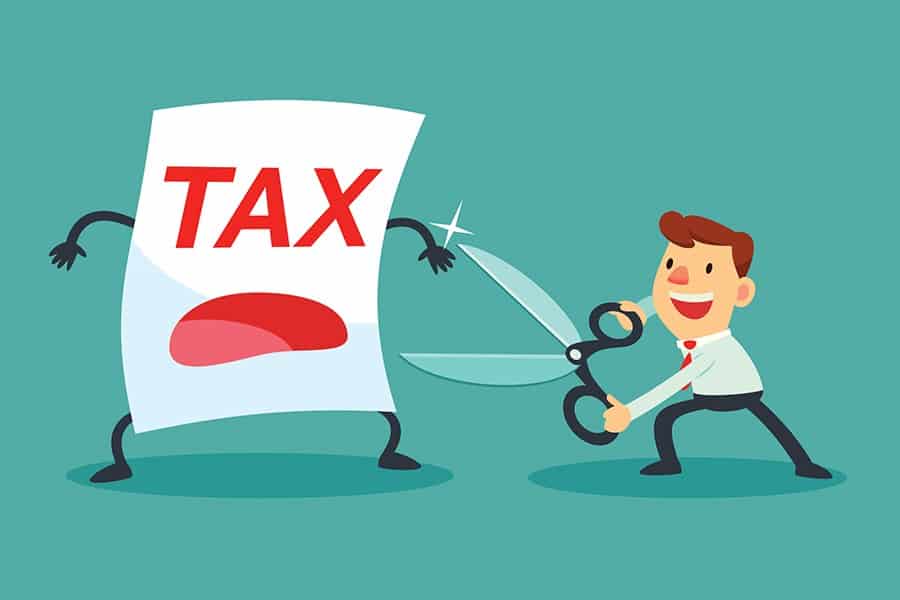When transcript code (TC) 766 appears on an IRS transcript, it generally means a refundable credit has been applied to a taxpayer’s account. Refundable credits can generate refunds even when no tax is owed on the return.
Sometimes, the transcript description for code 766 will say “tax relief credit”—and since tax relief is government assistance generally aimed at a targeted demographic, most credits would qualify as tax relief credits. Common credits that fall under TC 766 include Earned Income Tax Credit, Child Tax Credit, Lifetime Learning Credit, and American Opportunity Credit.
Key Takeaways
- Code 766 should show as a negative amount on the transcript, indicating a reduction in tax owed.
- When you see TC 766 on your transcript, no action is required. The IRS will generally follow up with additional information if needed.
- In most cases, the IRS will issue you a refund equal to the refundable credit applied to your account—unless you have an outstanding balance of tax on your account or have garnishments.
An IRS transcript is a log of tax-related account activity. You may choose from five different types of transcripts, each of which can be used for a different purpose. Transcripts can be printed and saved for future use.
Information Provided | Typical Use | |
|---|---|---|
1. Tax Return | Most line items and schedules from the originally filed tax return | Loans, grants, scholarships, return amendments, IRS notice response, mortgage financing, general taxpayer records |
2. Tax Account | Basic taxpayer data (marital status, AGI, taxable income, and payments); also includes changes from after the return was filed | Extension confirmation, payment history, account and refund history (e.g., records of penalty and interest assessed), notice response |
3. Record of Account | Tax return and tax account transcripts combined | Any of the purposes for which a tax return or tax account transcript would be used |
4. Wage and Income | List of taxpayer income reported to the IRS on forms W-2, 1099, 5498, etc. | Notice response, income records, employment verification |
5. Verification of Non-filing Letter | Indication that the IRS has no record of a return filed for a specific year; the letter does not indicate if a return should have been filed | Student financial aid applications |
IRS Transcript Codes vs Tax Topics vs Tax Code
In the general discussion of tax records, terms are sometimes used interchangeably. Identifying the differences will help you understand the information provided by authoritative sources.
IRS Code 766 Reported with Code 846
Code 766 is most meaningful when reviewed with the other tax codes on the transcript. For example, the presence of code 766 in conjunction with code 846 means that the IRS has allowed a refundable credit (TC 766) and has issued the refund (TC 846).
The credit from TC 766 may have been generated from a variety of sources, claimed on the following forms:
- 1040
- 1041
- 1120
- 1120-S
- 990 PF
How to Check the Status of a Refund
The quickest way to check your tax refund status is to use the IRS’s Where’s My Refund tool. However, if sufficient information is unavailable, you should use the IRS’s Get Your Tax Record tool An IRS account is required to view your transcript online. To create an account, you will need to pass the identity verification tests established by IRS third-party vendors. Once your account is set up, you can use traditional login credentials to access your account. , as this will give you access to your tax account transcript.
There are five types of transcripts that you can order from the IRS. Note that the Tax Account transcript will allow you to see IRS adjustments to the numbers you reported on your return, where the IRS adjustments are accompanied by a code.
IRS Code 766 Reported with Code 898
IRS TC 898 indicates a garnishment and could be the result of one of two scenarios:
- A refundable credit (code 766) was posted to your account but then immediately garnished (code 898).
- Your prior tax refund was garnished (code 898), but then the garnishment was reversed. The reversal of a garnishment will appear as a refundable tax credit (code 766).
Tax refunds can be garnished for a variety of reasons, including:
- Delinquent child support
- Federal agency non-tax debts (certain defaulted loans, benefit overpayments, and outstanding fines and penalties)
- State income tax debt
- Repayment of benefits received fraudulently or in error
If a refund is offset from a jointly filed return If your refund is potentially subject to garnishment due to a spouse’s debt for which you are not responsible, you may use IRS Form 8379 to petition the IRS to shield your portion of a joint refund from attachment. and a spouse files a claim for injured spouse relief, the injured spouse may be eligible for exemption from the offset. The initial garnishment assessment may appear on the IRS transcript with a code of 898. If and when the garnishment is reversed, the presentation of TC 766 indicates the reversal of a previously posted code 898.
IRS Code 766 Reported with Code 767
TC 767 reverses code 766. Code 767 may be described on the transcript as a “reduction or removal in tax relief credit.” The removal could be due to a posting error or pursuant to the outcome of an IRS audit.
If the IRS posted a refundable fuel tax credit to your account with TC 766 but subsequently determined that you were ineligible, you may see TC 766 reversed on your transcript by TC 767. TC 841 may also be present, identifying a returned payment.
Frequently Asked Questions (FAQs)
The IRS uses tax transcript codes to represent IRS updates to a taxpayer’s account.
Yes. You can call 800-908-9946 to request that a copy be sent via postal mail.
A negative balance means that the IRS has reduced the amount of tax owed.
Bottom Line
IRS code 766 may show up on an IRS transcript if credit has been applied to the taxpayer’s account. For a thorough understanding of IRS actions, tax codes should be looked at in conjunction with the other information presented on the transcript.


